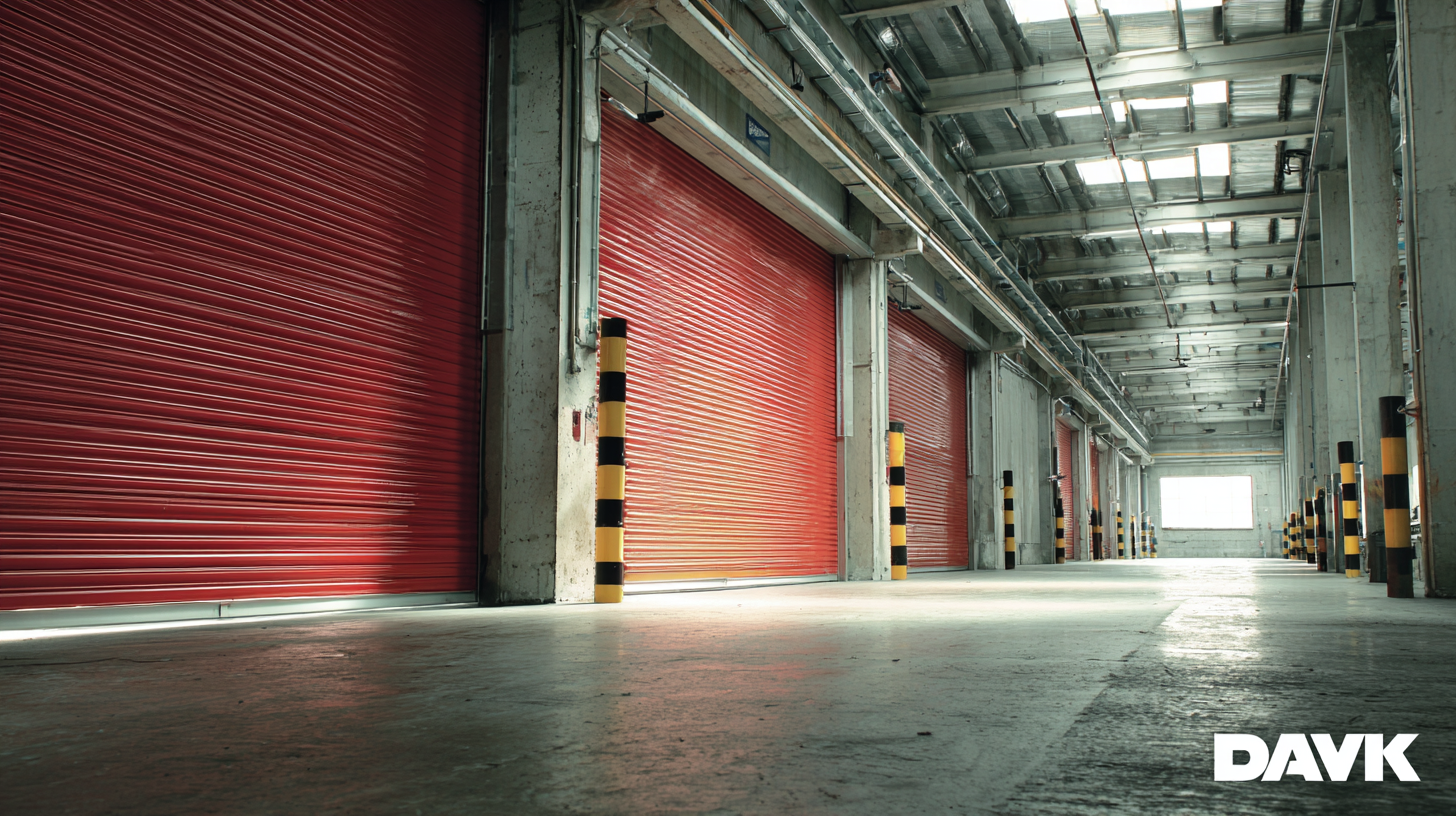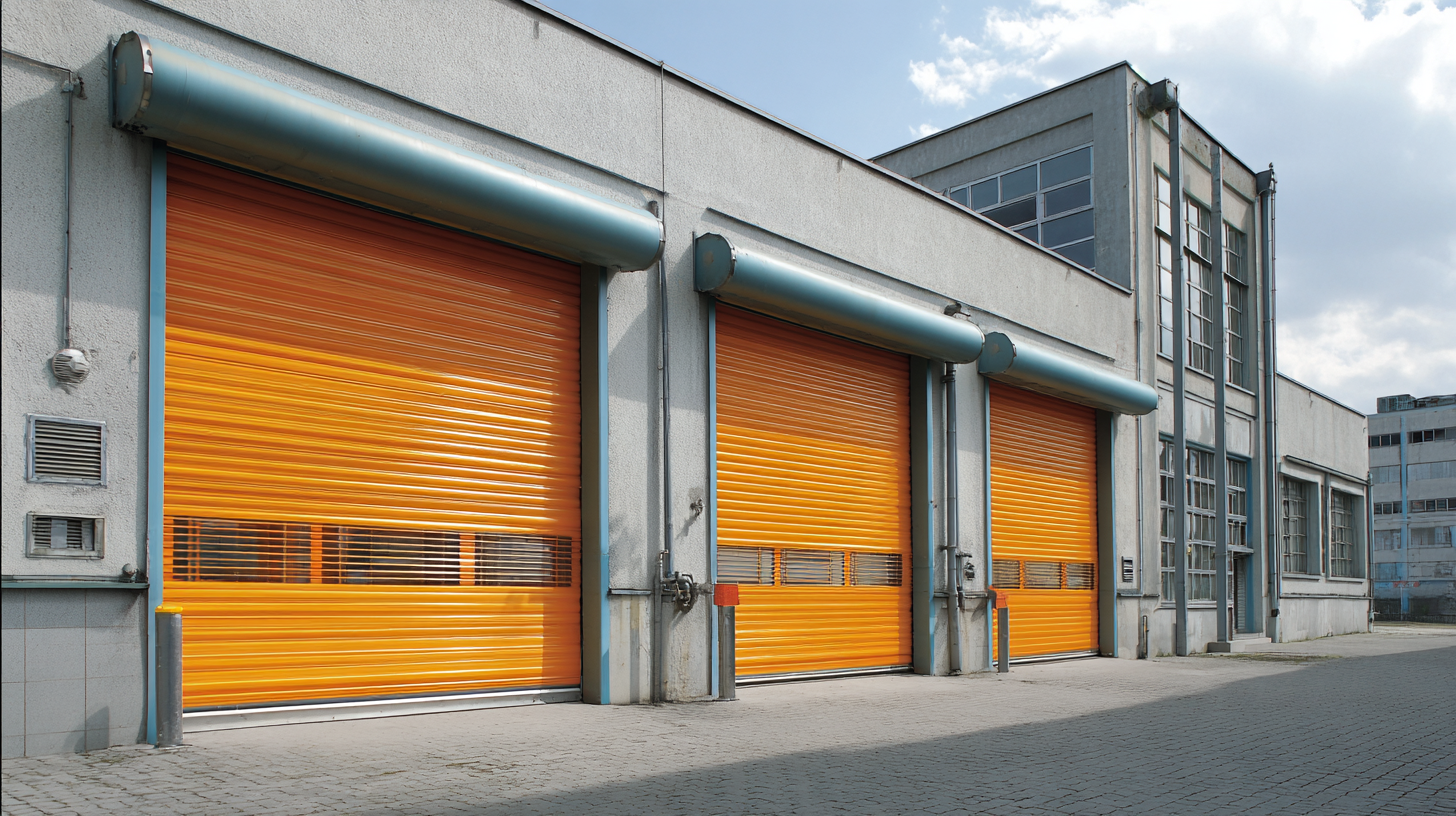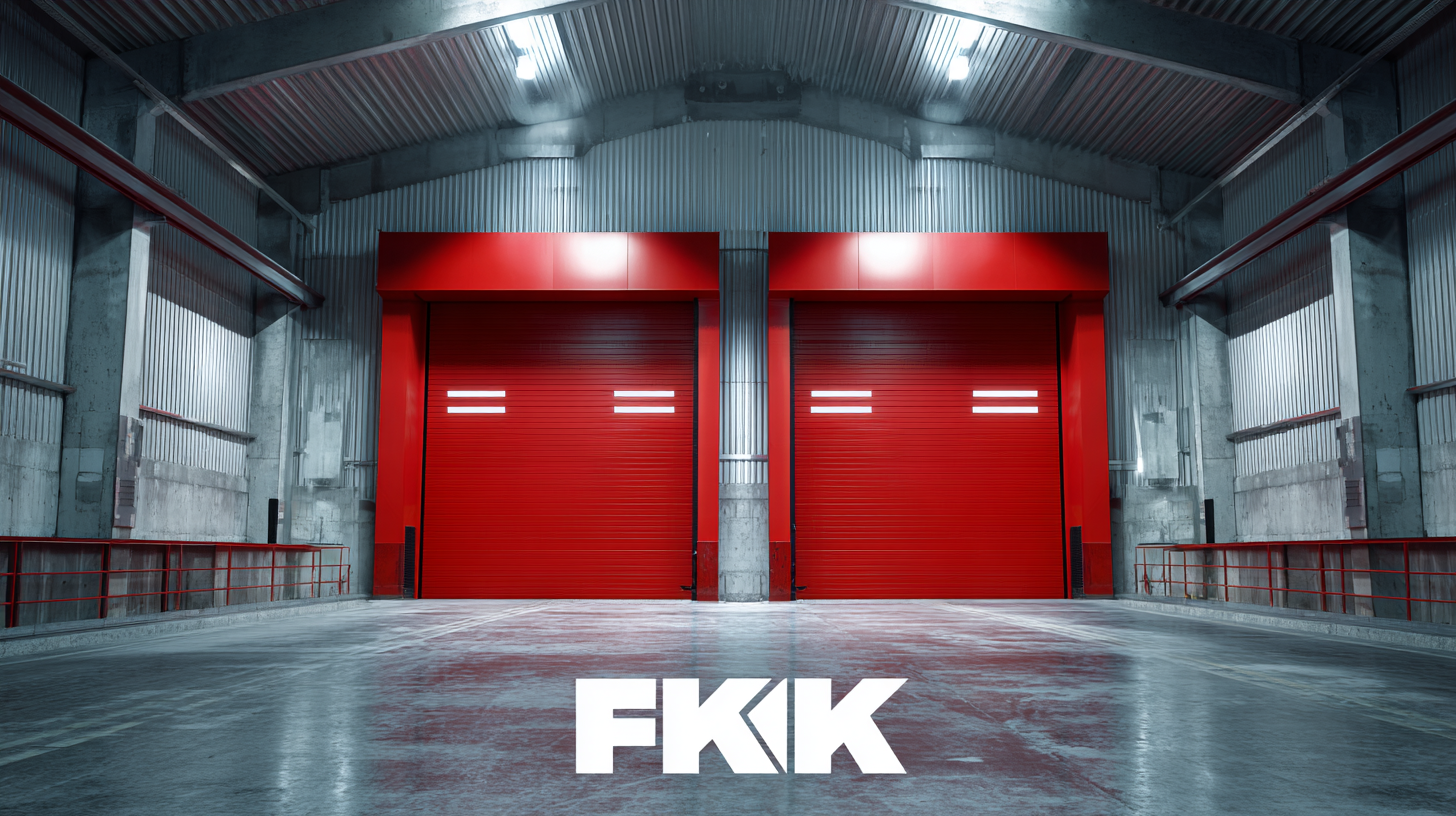- Call Us 03 8353 2113
- Mail Us sale@laxmidoor.com
Blog
Confronting Challenges: Why Best Roller Shutter Doors Fail to Meet Industry Standards
In the rapidly evolving landscape of industrial and commercial security, Roller Shutter Doors play a crucial role in safeguarding properties. However, as we approach 2025, there is a growing concern regarding the ability of these essential barriers to meet the stringent industry standards that have emerged. This blog examines the prevailing challenges faced by manufacturers and users alike, highlighting why some of the best Roller Shutter Doors fail to comply with expected benchmarks. From quality control issues to outdated designs, the factors contributing to these shortcomings are pivotal in understanding the future of this vital industry. As we delve into these topics, we aim to not only identify the current pitfalls but also propose potential solutions that can lead to improved standards and reliability in Roller Shutter Doors.

Understanding the Importance of Roller Shutter Doors in Modern Industrial Applications
 Roller shutter doors have become an essential component in modern industrial applications, offering a blend of security, accessibility, and energy efficiency. Their robust design ensures protection against unauthorized access while maintaining smooth operations in busy environments. As industries continue to evolve, the significance of these doors in safeguarding assets and regulating internal climate will only increase.
Roller shutter doors have become an essential component in modern industrial applications, offering a blend of security, accessibility, and energy efficiency. Their robust design ensures protection against unauthorized access while maintaining smooth operations in busy environments. As industries continue to evolve, the significance of these doors in safeguarding assets and regulating internal climate will only increase.
To enhance the functionality of roller shutter doors, it’s crucial to choose the right materials and designs tailored to specific industrial needs. For instance, opting for insulated roller shutters can greatly improve energy efficiency, helping businesses save on heating and cooling costs. Additionally, regular maintenance plays a key role in ensuring durability. Periodic inspections and timely repairs can prevent minor issues from escalating into costly downtime.
When selecting roller shutter doors, consider their installation environment. Ensure that the door's design aligns with the operational workflow of your facility. This attention to detail not only extends the life of the door but also enhances productivity by allowing quick access without compromising safety. By understanding the critical role of roller shutter doors, industries can make informed decisions that lead to long-term benefits.
Key Technical Specifications That Define High-Quality Roller Shutter Doors
When evaluating the effectiveness of roller shutter doors in various industries, technical specifications play a pivotal role in determining their quality and reliability. A significant factor is the material used; for instance, aluminum shutters are known for their superior strength-to-weight ratio, providing durability while remaining lightweight. According to the International Organization for Standardization (ISO), high-quality roller shutter doors should comply with at least ISO 9001 standards, which highlight the necessity of rigorous quality management systems in manufacturing processes.
Another crucial specification is the door's insulation properties. Energy-efficient roller shutter doors, like those meeting the BS EN 13241-1 standard, are able to reduce energy loss significantly—up to 30% in some cases—thereby contributing to lower energy bills and a lesser environmental impact. Additionally, factors such as the ease of operation, secure locking mechanisms, and resistance to wear and tear are vital for ensuring that these doors not only meet but exceed industry standards. Research from the Association of Steel Door Manufacturers emphasizes that properly engineered roller shutters can withstand significant stress and weather conditions, further illustrating the importance of adhering to stringent specifications for optimal performance.
Examining Common Industry Standards and Compliance Issues for Roller Shutters
When it comes to roller shutter doors, compliance with industry standards is paramount for ensuring safety, security, and reliability. Unfortunately, many manufacturers overlook crucial regulations, resulting in products that fail to meet established benchmarks. Key standards often involve structural integrity, fire resistance, and operational performance. For instance, doors must withstand specific wind load requirements, particularly in areas prone to harsh weather conditions. Failure to adhere to these standards not only jeopardizes the efficacy of the roller shutters but also poses significant risks to property and individuals.
Moreover, compliance issues often arise from inadequate testing methods and lack of transparency in quality assurance processes. Many companies may cut corners in their production to reduce costs, leading to inferior materials and inadequate designs. This compromise can lead to malfunctions or complete failures of the shutter systems, further intensifying safety concerns. As the market grows increasingly competitive, it is essential for both consumers and manufacturers to recognize the importance of adhering to industry standards, prioritizing safety and compliance over cost-cutting measures. By addressing these compliance issues head-on, the industry can move toward higher-quality, safer roller shutter solutions.
Performance Metrics: What Makes a Roller Shutter Door Truly Reliable?
When evaluating roller shutter doors, performance metrics are critical in determining their reliability. Key factors to consider include durability, operational efficiency, and security features. A top-notch roller shutter door should be constructed from high-quality materials that can withstand harsh weather conditions and daily wear and tear. For instance, metal doors often outperform their plastic counterparts, as they provide enhanced resistance to damage and have a longer lifespan.

Another essential performance metric is the door's operational speed and smoothness. Reliable roller shutter doors should open and close seamlessly, with minimal noise and vibration. This is not only beneficial for user experience but also essential for maintaining security in high-traffic areas. Additionally, integrated security measures, such as advanced locking mechanisms and sensors, can greatly enhance the effectiveness of roller shutter doors. A well-designed door will not only meet but exceed the necessary industry standards, ensuring an optimum balance between functionality and safety for any application.
Challenges in Manufacturing: Why Some Roller Shutter Doors Fail Quality Tests
In the roller shutter door manufacturing industry, quality control poses significant challenges that can lead to product failures. Many roller shutter doors miss the mark in passing rigorous quality tests due to subpar materials, inadequate design, or insufficient testing protocols. These shortcomings not only affect the durability of the products but also compromise safety standards. Companies need to focus on implementing stringent quality assurance processes to ensure their doors meet the necessary industry benchmarks.
**Tip:** Invest in high-quality raw materials. The foundation of a reliable roller shutter door begins with the components used in its construction. Opting for durable metals and robust fittings can significantly enhance the product’s longevity and performance.
Moreover, innovative design plays a crucial role in overcoming manufacturing challenges. A well-thought-out design can address common failure points, leading to improved functionality and safety. Regular design reviews and updates will ensure that products are not only compliant with current standards but also competitive in the market.
**Tip:** Incorporate feedback into design processes. Engaging with end-users and gathering their feedback can provide valuable insights that inform design improvements, ensuring that the final product aligns with real-world needs and expectations.
Confronting Challenges: Why Best Roller Shutter Doors Fail to Meet Industry Standards
| Challenge | Description | Impact on Quality | Frequency of Occurrence |
|---|---|---|---|
| Material Quality | Use of substandard materials in manufacturing. | Decreased durability and increased failure rates. | High |
| Design Flaws | Inadequate design leading to structural weaknesses. | Increased susceptibility to damage. | Medium |
| Manufacturing Defects | Human errors and machine malfunctions during production. | Higher defect rates requiring rework. | Low |
| Regulatory Compliance | Failure to adhere to safety and performance standards. | Legal issues and market entry barriers. | Medium |
| Supply Chain Issues | Delays and inconsistencies in material supply. | Production delays and increased costs. | High |
